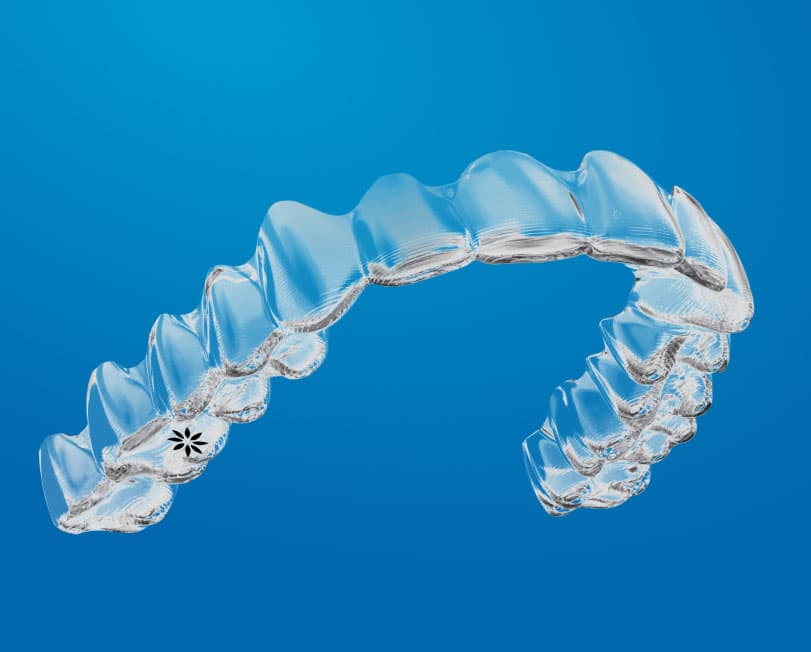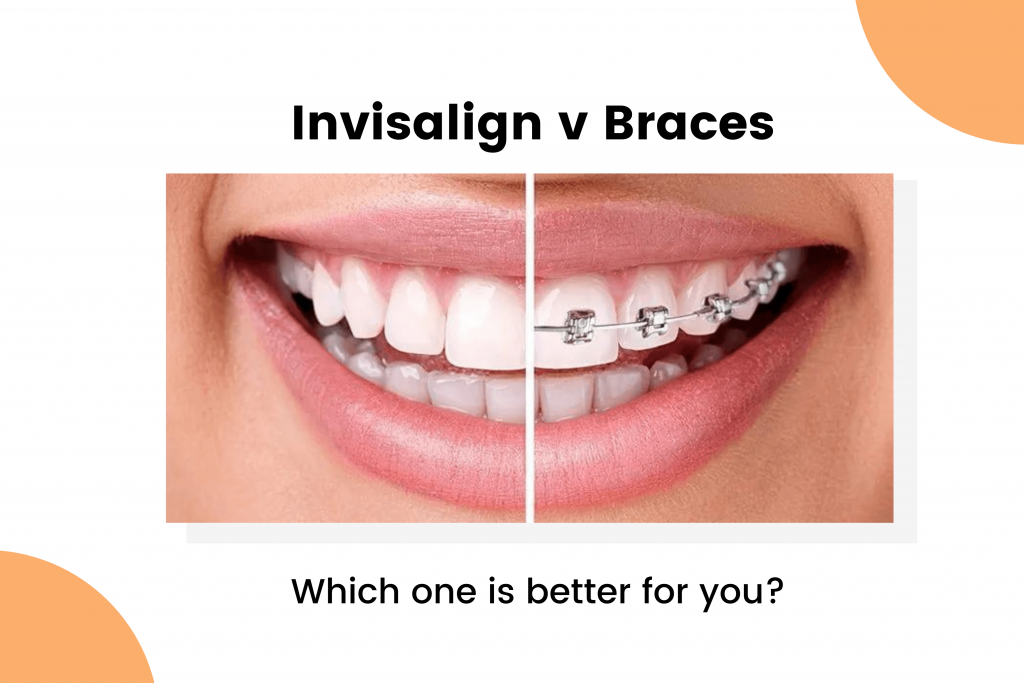Discover Effective Dental Procedures for a More Vibrant Smile - Find Out About Dental Bonding
In the quest of a glowing smile, individuals typically look for efficient dental procedures to enhance the appearance of their teeth. Amongst the numerous strategies readily available, oral bonding sticks out as a popular option for its ability to address a variety of cosmetic problems. From fixing broke or tarnished teeth to closing gaps and reshaping enamel, dental bonding supplies a functional option. Nonetheless, recognizing the details of this treatment and its benefits calls for a more detailed check out the process, candidateship criteria, and post-treatment treatment. By checking out the nuances of oral bonding, one can acquire understandings into how this therapy compares to other choices, offering a thorough sight of the possibilities for accomplishing a brighter smile.
Benefits of Dental Bonding
Oral bonding uses a cost-efficient and minimally invasive remedy for boosting the look of teeth. Unlike various other cosmetic oral treatments, such as crowns or veneers, bonding typically requires minimal to no removal of the natural tooth enamel, making it a conservative option for smile improvement.

Treatment Introduction
Starting with an evaluation of the procedure associated with dental bonding, we explore the extensive introduction of this cosmetic dental treatment. Oral bonding is a minimally intrusive technique utilized to boost the look of teeth by applying a tooth-colored resin material to the surface. The treatment begins with the dental professional choosing a material color that matches the all-natural shade of the patient's teeth.
Next, the tooth surface area is roughed up, and a conditioning fluid is related to aid the bonding material adhere correctly. The material is after that formed and formed to the wanted form before being hardened using a special light. When the material has solidified, the dental expert will additionally trim and brighten it to mix flawlessly with the bordering teeth.
Dental bonding is frequently utilized to repair chipped or broken teeth, close voids in between teeth, improve teeth, and cover spots. It is a economical and quick method to improve the looks of a smile, commonly finished in a solitary browse through to the dentist's workplace.
Prospects for Dental Bonding
When identifying eligibility for dental bonding, a thorough assessment of the individual's oral health and aesthetic objectives is carried out. Dental bonding is a functional cosmetic dental care procedure suitable for individuals with small flaws such as cracked, broken, discolored, or askew teeth. Prospects for dental bonding need to have total excellent dental health and wellness, without gum tissue illness or dental caries, as these problems may affect the bonding's long life and performance.
Suitable candidates for oral bonding are individuals aiming to improve the look of their smiles without substantial dental job. Dental bonding is a conservative therapy option that can resolve aesthetic problems without the requirement for even more invasive treatments. It is also a preferred option for those looking for quick outcomes, as bonding can frequently be finished in a single see to the dentist's workplace.
Throughout an assessment with an oral professional, the client's details issues and wanted outcomes will be examined to determine if dental bonding is one of the most suitable therapy alternative - invisalign mississauga. By understanding the requirements for candidateship, people can make informed decisions concerning boosting their smiles through dental bonding
Aftercare Tips
Upon completing an oral bonding treatment, keeping proper aftercare is necessary to ensure the longevity and performance of the treatment. After the bonding process, it is vital to stay clear of consuming hard foods or biting on objects that can potentially damage the bound location. Furthermore, avoiding from behaviors like nail-biting or eating on pens can aid prevent early wear and tear on the bonded material.
Regular oral hygiene practices, including cleaning with a soft-bristled tooth brush and non-abrasive tooth paste, are crucial to preserve the bond and protect against staining - invisalign mississauga. It is suggested to floss everyday to eliminate any food fragments that might gather around the adhered location, minimizing the risk of decay
Regular oral examinations every six months are vital to keep an eye on the condition of the bonding and deal with any problems promptly. During these visits, your dental practitioner can analyze the bond's stability, make any type of necessary fixings, and give support on keeping optimum oral health to lengthen the life expectancy of the oral bonding.
Contrast With Other Therapies
In evaluating oral bonding as a therapy alternative, it is necessary to consider its advantages and go to my site limitations in comparison Click Here to alternate procedures. One typical choice to dental bonding is veneers. Veneers are slim coverings of porcelain or composite material that are personalized to cover the front surface area of teeth. While veneers are extra stain-resistant and durable than bonding, they are also much more costly and need even more preparation of the natural tooth structure.
An additional preferred choice is dental crowns. Crowns are caps that cover the entire tooth and are normally utilized for much more comprehensive damage or to boost the look of an irregular tooth. Unlike bonding, crowns are more durable and can hold up against higher biting pressures. Nonetheless, the procedure of obtaining a crown includes removing even more of the all-natural tooth structure, making it a permanent procedure.
Inevitably, the option in between dental bonding, veneers, or crowns depends upon the individual's certain needs, spending plan, and desired end result. Consulting with a dental specialist can help establish the most suitable therapy option for attaining a brighter and much more certain web link smile.
Conclusion
In verdict, dental bonding is a reliable treatment for improving the look of teeth by dealing with imperfections such as discoloration, gaps, and chips (emergency dentist mississauga). Dental bonding offers a affordable and practical remedy contrasted to various other extra invasive oral treatments.
Moreover, oral bonding is a functional therapy that can resolve a selection of visual problems, consisting of shutting spaces between teeth, reshaping misaligned teeth, or making teeth appear much longer.Starting with an exam of the procedure entailed in oral bonding, we dig into the extensive summary of this aesthetic dental procedure. Candidates for oral bonding need to have general great oral health, free of gum tissue condition or tooth decay, as these problems might influence the bonding's durability and performance.
